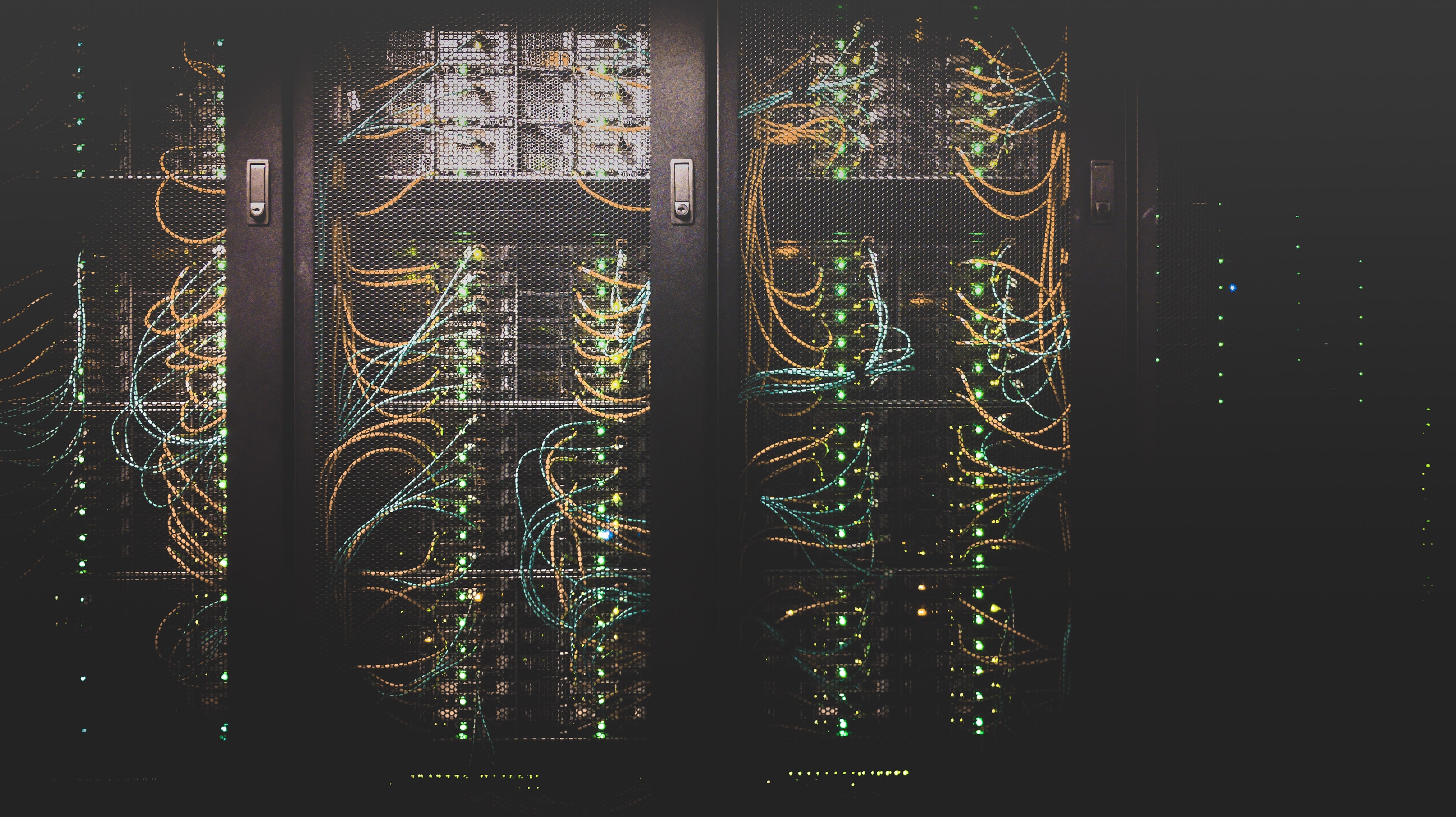- February 10, 2022
- Posted by: MasterAdmin
- Category: Cryptocurrency

Bringing Crypto Lending Back to the People with Under-Collateralized Loans
As new lending protocols continue to attract money and NFT-backed loans become more popular, the DeFi lending and borrowing industry has risen dramatically in volume. The much waited under-collateralized and non-custodial loans are coming to DeFi. Hashstack Finance is testing Open Protocol, a first-ever DeFi lending protocol to offer non-custodial, secure under-collateralized loans. The open protocol is based on the Harmony blockchain, allowing borrowers to take out loans with a 1:3 collateral-to-loan ratio.
\
This implies that an individual can obtain up to $300 with only $100 in collateral. Users can extract 70% of the collateral, or $70 in this scenario while trading with $230 in-platform capital. According to Hashstack, DeFi lending is often over-collateralized, with borrowers providing a minimum of 42 percent extra collateral against the loan they want to take out.
\

\
Hashstack Finance founder, Vinay said:
\
Today, if you want to borrow $100 on Compound, or Aave, or even MakerDAO, you are required to provide a collateral of at least $142. This breaks the primary intent behind loan procurement, and has restrictive use-cases for the borrower.
\
The protocol uses a three-pronged strategy to minimize risks related to crypto lending by:
\
Clear compartmentalization of APY and APR of deposits/loans with that of their minimum commitment period (MCP)
Effective asset utilization through diversification of available assets via lending and providing trading capital
Under-collateralized loans
\
Borrowers can use different techniques to exchange borrowed tokens for other primary or secondary coins without switching DApps. The open protocol likewise bridged assets from other chains, such as Ethereum and Avalanche C-Chain.
What is DeFi Lending and how does it work?
DeFi lending services, like traditional peer–to–peer lending platforms, enable users to lend their assets to others. They receive interest payments in return. Since these platforms primarily engage in cryptocurrencies, they receive cryptocurrency interest payments exclusively. Because DeFi platforms work without intermediaries, the monetary benefits are paid directly to the users.
\
Decentralized lending is as straightforward as lending money to others by placing your hand in your pocket. However, the smart contract and decentralized programme represent your mediators and negotiators. For instance: to give out a $10000 loan using DApp, all you would need to do is hit a few buttons, and you’re through.
\
Because you must choose any DApp application that gives a smart contract and borrowers, the overall process is very quick and uncomplicated. Users must choose the loan’s interest rate, enter it into the app, and approve the loan. The smart contract will streamline the whole lending and borrowing arrangement once you’ve found the borrower.
\

What is under-collateralized lending?
Collateralized loans are familiar to everyone who has obtained a loan through a regular route or DeFi platforms. Any asset of value that the lender accepts as a security from the borrower is referred to as collateral. A collateralized loan is a loan approved with the security of fully supporting collateral. To put it another way, the collateral exceeds the loan’s principle.
\
On the other hand, an undercollateralized loan is not wholly collateralized. If the loan were defaulted on, the collateral would not sustain the principal. Even though the concept of undercollateralized loans may create doubts and worries, it is designed to safeguard the borrower and the lender’s interests.
\
Since 2017, undercollateralized lending has been the difficult-to-achieve holy grail in DeFi. DeFi in its existing overcollateralized form, as manifested by platforms like Maker, Compound, and Aave, fulfils circular use cases. The only parties ready to post 1.5–3X leverage are cryptocurrency traders.
\
Undercollateralized lending might make decentralized credit markets more affordable to a broader range of use cases, bringing DeFi into the masses. Uncollateralized lending is a significant change for the lending industry, primarily relying on only one of the conventional “five Cs” of credit, namely collateral. Uncollateralized lending is progressively leveraging dynamic remedies to the loan approval dilemma. In contrast, flash loans – that is, ultra-short-term uncollateralized loans, frequently out for only seconds or minutes at a time – have undoubtedly grabbed the crypto-limelight.
\
Although industry analysts were initially optimistic but apprehensive about how on-chain lending could retain quality without collateral, the continued growth of uncollateralized protocols in 2022 has persuaded sceptics.
\
Catch all the breaking news, and Don’t forget to like the story!



